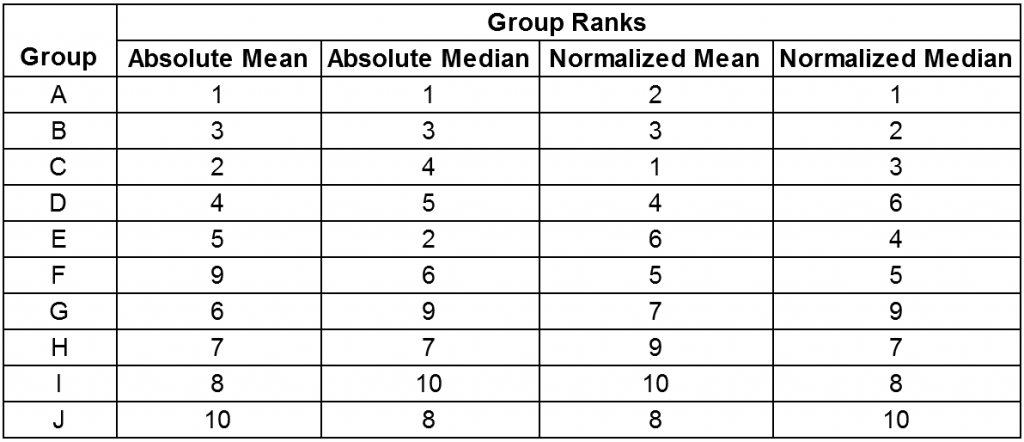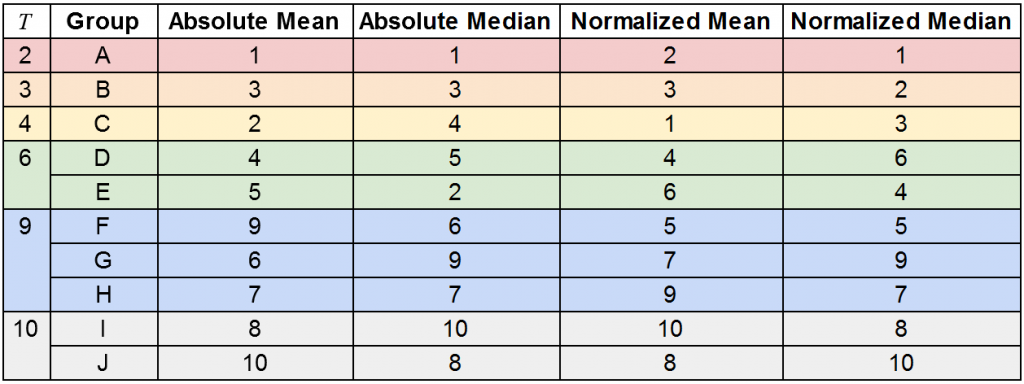Last Updated on
This page describes the All-American Awaaz 2023 Bid Point System. This system was designed by ASA in collaboration with the Bid Point Advisory Council (BPAC) in the summer of 2018, and has been used successfully for the past three competitive seasons. The system comprises of 4 steps:
- Tabulation: groups’ performances at each A3 Bid Competition are tabulated and scaled to “absolute” scores out of 100 using the ASA Scoring Rubric
- Normalization: scores given by a specific judge at each competition are normalized for that judge
- Calculation: absolute and normalized scores from all attended A3 Bid Competitions are compiled and converted into 4 statistical data points (absolute mean, absolute median, relative mean, relative median)
- Qualification: at the end of the season, each group is given a rank for each of the 4 statistical data points, and using a threshold system the top 8 groups are chosen for A3
Each of these steps is explained in detail below. We have included a detailed Example at the bottom of this page.





